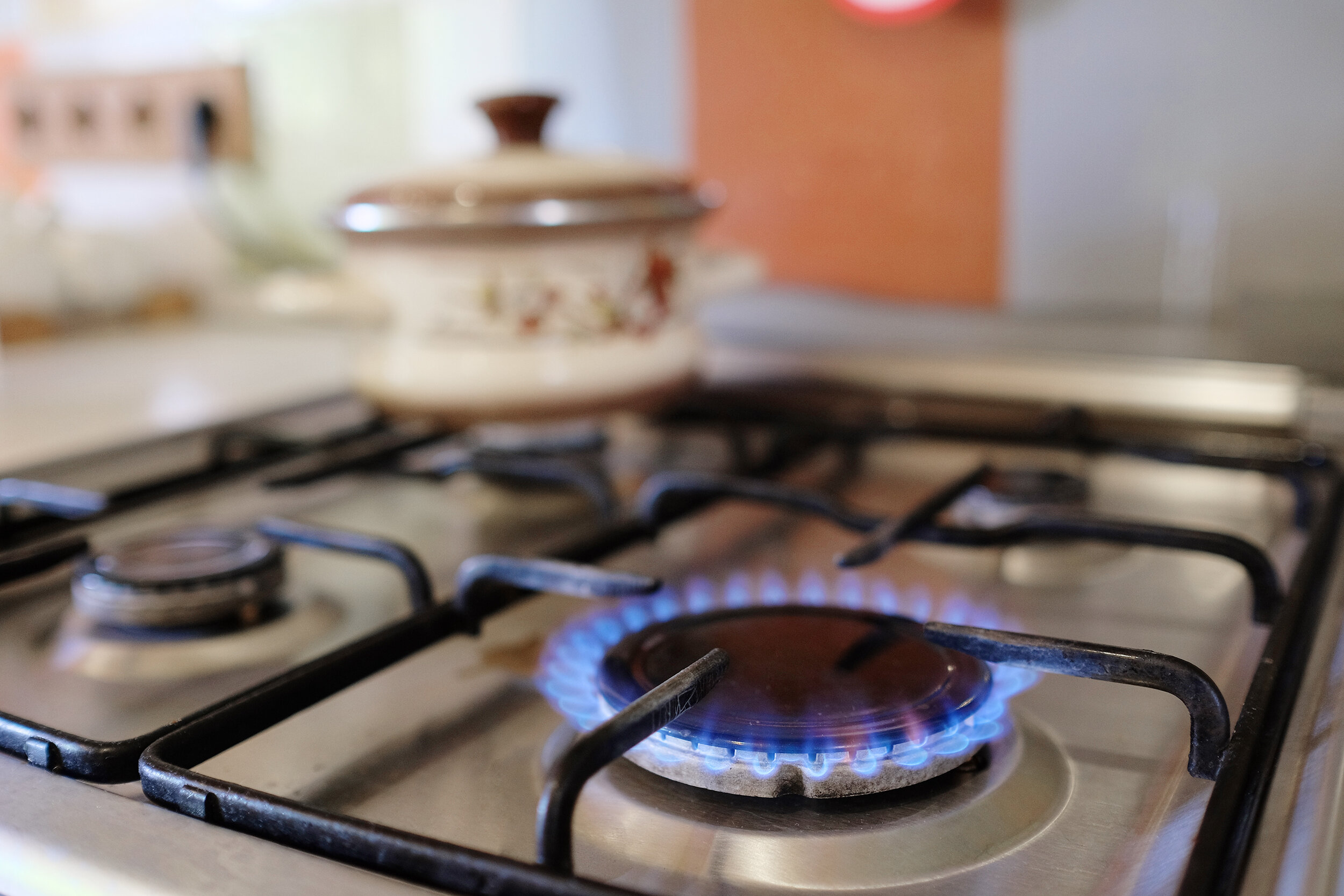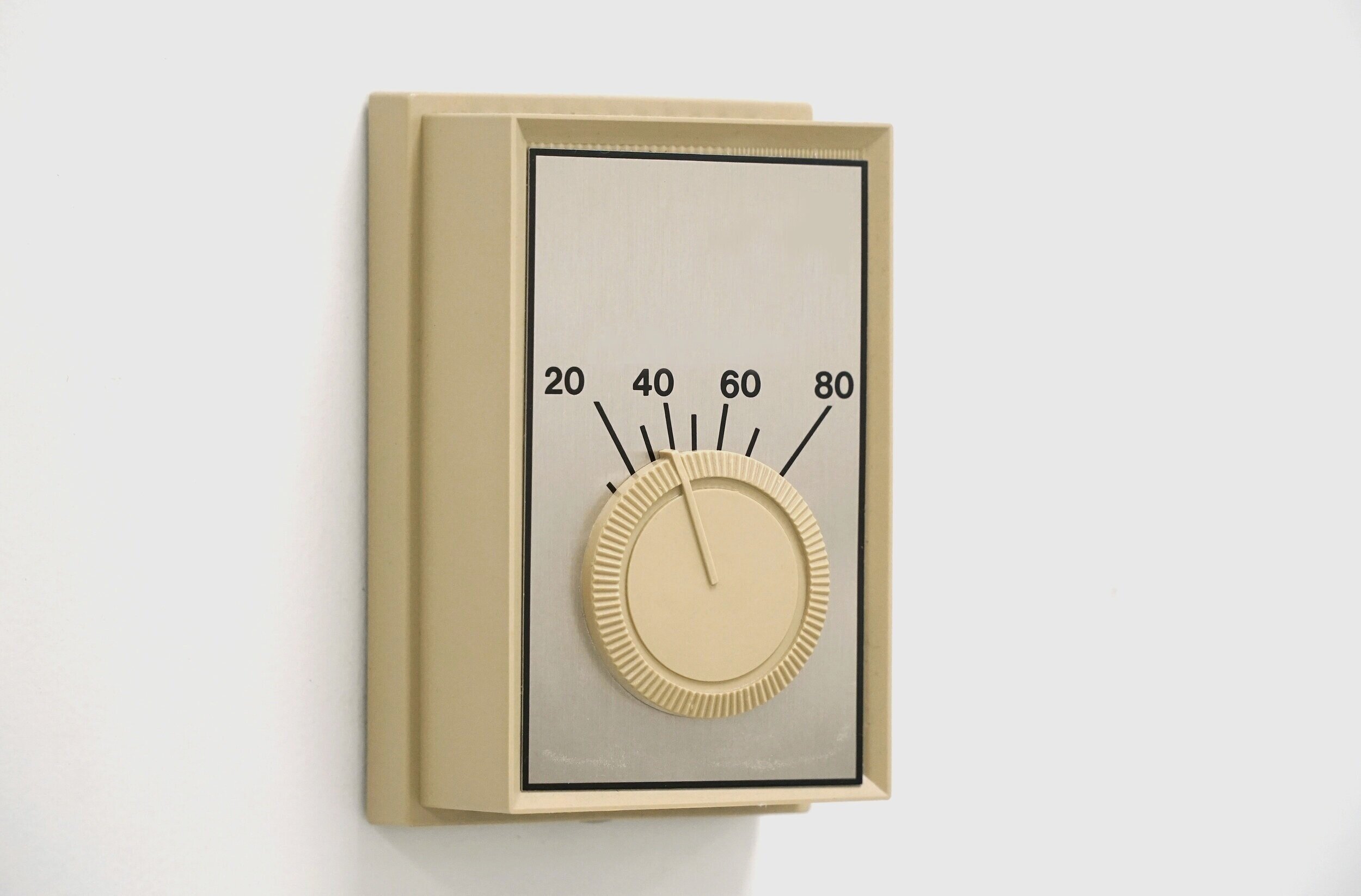Low-Income Home Energy Assistance Program
Appropriations Request for FY2026: Current funding = $3.7 billion
The Low Income Home Energy Assistance Program (LIHEAP) is a proven, results-driven initiative that helps hard-working American families afford essential heating and cooling services.
LIHEAP ensures energy security, prevents utility shutoffs and protects vulnerable households, including seniors, veterans and families with young children.
LIHEAP is a fiscally responsible investment that prevents costly energy-related emergencies reducing the need for emergency assistance programs.
LIHEAP payments go directly to local utility companies, ensuring that businesses remain stable while keeping families focused on building financial independence.




